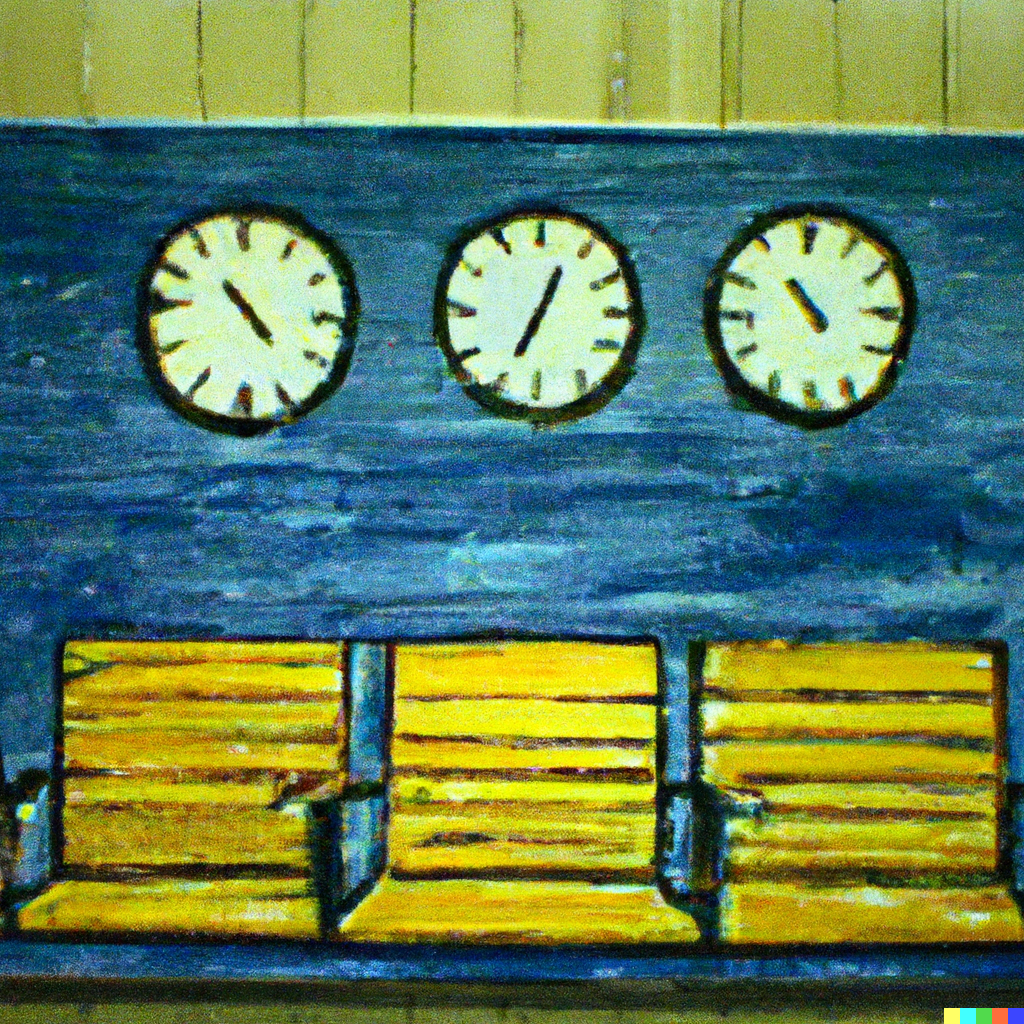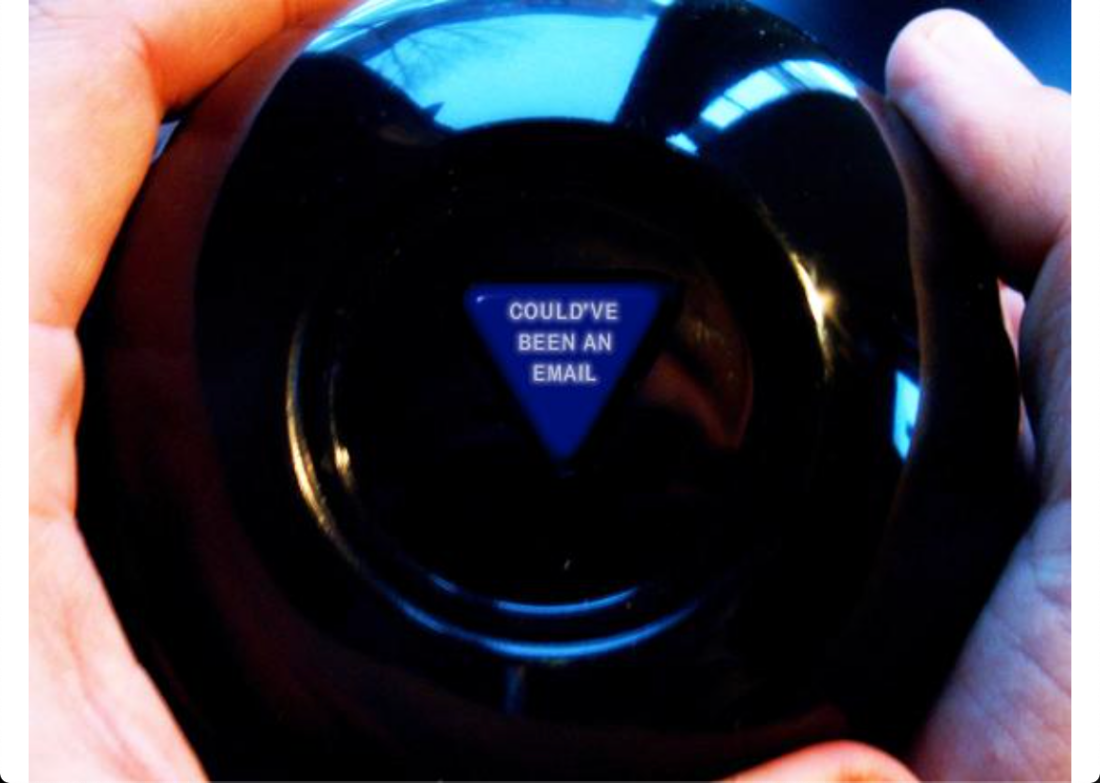Optimizing Standup Times for Distributed Engineering Teams
In the modern age of software development, where remote work has become more of a rule than an exception, managing co-located and distributed software engineering teams comes with its unique set of challenges. One of the most debated topics is: When’s the ideal time for a daily standup?
Software engineers are an eclectic breed. They’re often deep thinkers, introverted, and sometimes have schedules that deviate from the typical 9-5 mold. Their peak productivity might be at midnight or at dawn, and distractions, especially meetings, can be a bane to their workflow.
So, what’s the best time for a standup?
Prospective Time Slots (in US Pacific Time) and Rationale:
- 9:00 AM:
- Pros: It’s the start of the conventional workday on the West Coast. Engineers have fresh minds and can set the tone for the day.
- Cons: For East Coast teams, this is lunchtime, and for the West Coast engineers who are night owls, this might be too early – especially if they want to get some exercise in before work.
- 11:00 AM:
- Pros: Still morning on the West Coast, with enough time to get warmed up and into action, and early afternoon on the East Coast. It’s a good midpoint, with enough time after lunch for the East Coasters to get their brains back in action and take a focus break during the traditional mid-afternoon lull.
- Cons: It may interrupt the flow of work, especially for those who have started their day early.
- 1:00 PM:
- Pros: Post-lunch on the West Coast and late afternoon on the East Coast. A good time to regroup after a break for the Westies.
- Cons: For those on the East Coast, the day is almost over, and for those who had a productive day, it may feel like quitting early while they’re trying to squeeze out a bit more code before the end of the day.
Considering the diverse nature of our engineers, their varied peak productivity times, and the need to accommodate multiple time zones, it’s imperative to strike a balance.
Our Stance at Facet Digital:
At Facet, after considerable deliberation and trial, we’ve settled on 11:00 AM (Pacific Time) as the ideal time for our projects to hold daily standup meetings. Here’s why:
- It’s a good middle ground, ensuring no one’s day starts or ends with a meeting.
- For our West Coast team, it allows a solid workblock in the morning and then another after the standup.
- For our East Coast team, it’s early afternoon, allowing them to provide updates while still having a chunk of their day left.
In conclusion, while there’s no ‘one-size-fits-all’, it’s essential to understand the unique characteristics and preferences of software engineers. A standup should empower, not hinder. Hence, select a time that minimizes interruptions, respects individual work rhythms, and fosters collaboration across time zones.




